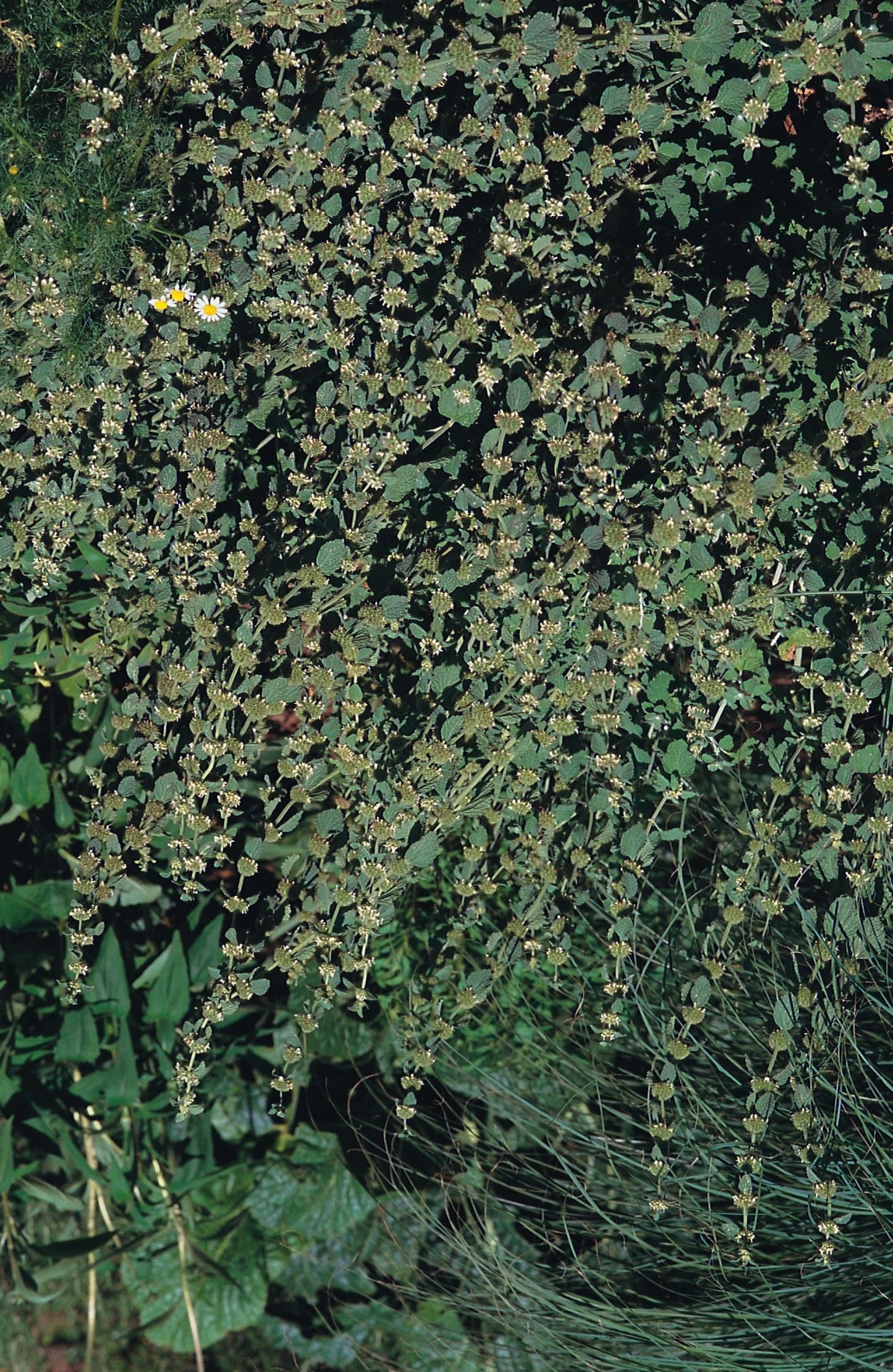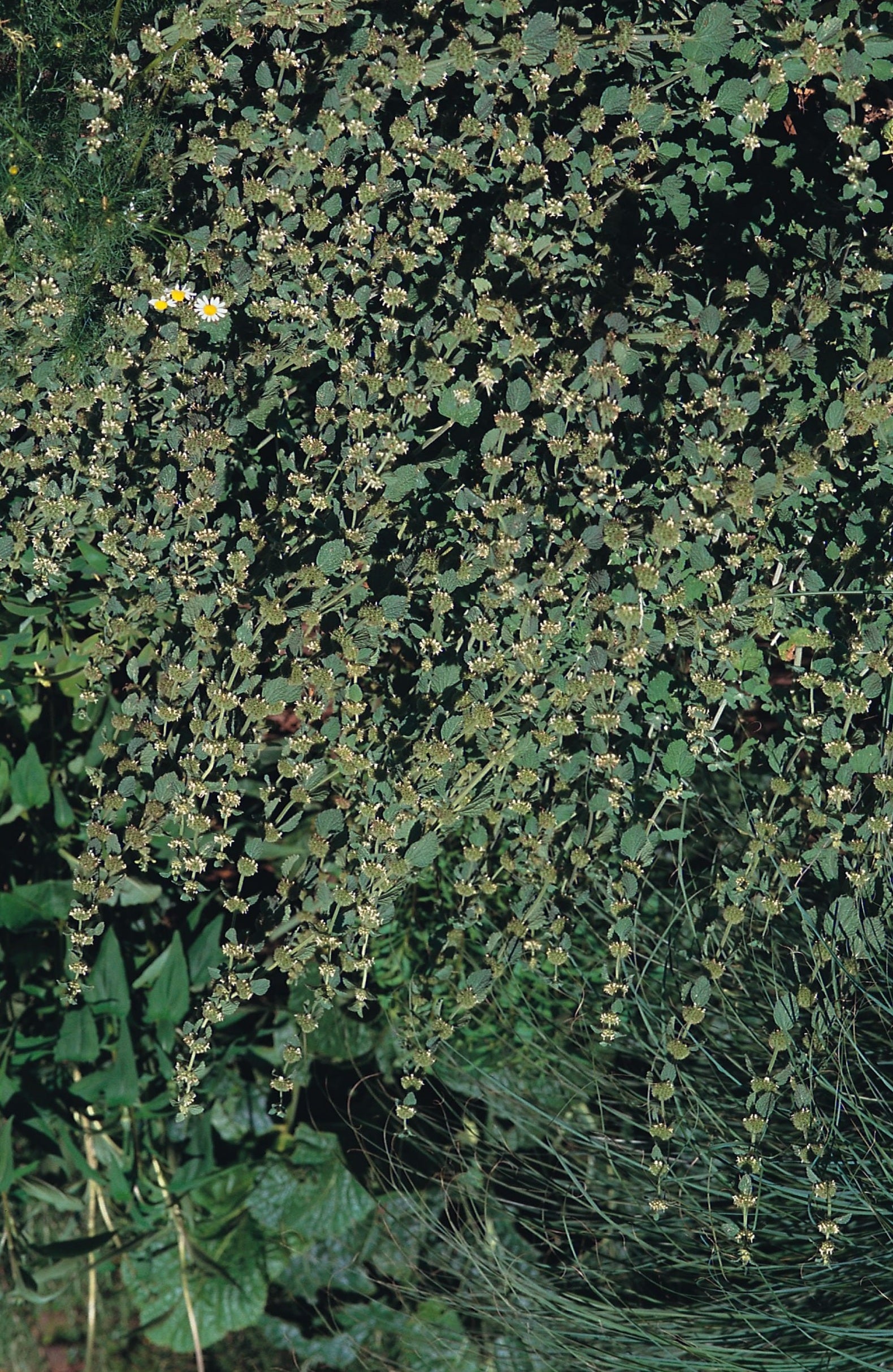Horehound
Horehound
Packet Size: 50 seeds
Couldn't load pickup availability
Horehound, Marrubium vulgare, is a hardy perennial herb known for its unusual woolly appearance, thanks to its soft, downy leaves. It adds winter interest to the garden, staying in leaf through all but the coldest spells and quickly regrowing from any stems left standing. From its second year, it produces small, white, nectar-rich flowers from May to September - a magnet for bees and other pollinators. A pot of Horehound placed near tomatoes can help them crop more heavily and for a longer period.
🌱 Seasonal Growing Guide
SPRING:
- Sow in small pots, cover with perlite.
- When large enough to handle harden off and plant out 20-25cm apart,
- Happiest in a dry & poor soil.
- Grow some in large pots that you can move around and keep well drained especially in the winter.
SUMMER:
- flowering from 2nd year onwards, a pot of this herb near tomatoes will help them crop more heavily and for longer.
- Slow growing to a clump 30-50cm
📌USES
CULINARY
CAUTION - Please Note: Horehound as occasional food or as a medicinal herbal remedy is not to be taken during pregnancy or while nursing.
- Leaves and flowers can be added into a salad, stir-fry, soup or stew but only occasionally not on a regular basis.
- For Horehound tea pour boiling water over a teaspoon of the dried leaves, let it steep for five minutes and add raw honey for sweetening. It has a somewhat sharp flavour reputed to be good for a cold.
GARDEN HELPER & WILDLIFE FRIENDLY
- Horehound flowers attract a variety of pollinators, especially honeybees, solitary bees, and short-tongued bumblebees.
- Its strong scent helps deter pests like aphids, keeping your garden healthier.
- Deer and rabbits tend to avoid it, so it’s a resilient choice for wildlife-friendly planting.
- When grown in large patches, it can provide valuable forage for honeybees and other native bees across the UK.
- By supporting pollinators, Horehound may indirectly boost nearby crops like tomatoes, helping them fruit more heavily and longer.
OTHER
- Indigenous to Britain, found as a wild plant from central Scotland to the south coast
- Horehound monofloral honey rarely crystallises

Collapsible content
Sowing
- Mar
- Apr
- May
Harvesting / Flowering
- Jun
- Jul
- Aug
- Sep

